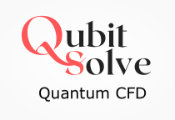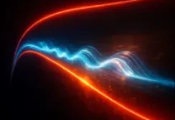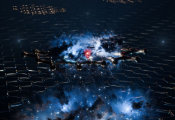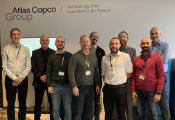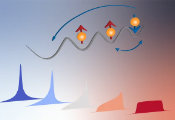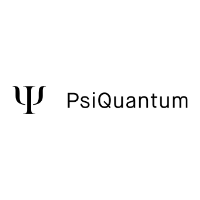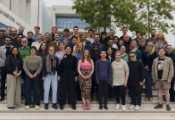Breaking New Ground: Single Trapped Ions to Test the Standard Model
ETH Zurich, August 11, 2025 -- Diana Prado Lopes Aude Craik, Assistant Professor in the physics department's Institute for Quantum Electronics, is interested in trapping and measuring with high precision single charged particles – but not for the promising quantum-technology applications of trapped ions.
With her five-year RAVIOLIS project, which is financially supported by a SNSF Starting Grant that began last month, Aude Craik will work with trapped barium ions to measure atomic parity violation to the greatest precision to date in a tabletop experiment and to search for hints of a new force between electrons and neutrons. Each of these goals amounts to looking for cracks in the Standard Model (SM) of particle physics, which researchers know isn't complete, following a complementary approach to that of larger-footprint experimental campaigns at facilities like CERN.
In the search for beyond-SM physics, Aude Craik has already worked with ytterbium and calcium ions to perform high-precision spectroscopic measurements of isotope shifts, which can reveal the existence of a yet-to-be-observed particle hypothesised to carry a fifth fundamental force between electrons and neutrons. The new measurements planned by Aude Craik in barium ions are expected to be much more sensitive, which will experimentalists to provide even stronger bounds for where to look for new physics.
Crucially, barium is an excellent choice to study atomic parity violation because it's neither too light – which is the case of calcium – nor too complex to tackle in terms of its nuclear structure – which is a challenging aspect of ytterbium. Atomic parity violation refers to a weak interaction between an atom's electrons and its nucleus that leads to energy-level mixing and, in turn, unlocks energy transitions otherwise forbidden by electromagnetism. Addressing one of these transitions gives access to a fundamental parameter of the SM known as the electroweak mixing angle, which is widely recognised as a prime probe for physics beyond the Standard Model.
Aude Craik and her team will be developing an entirely new experimental setup where they will trap two barium ions and entangle them to cancel out systematic contributions that would otherwise obscure atomic parity violation. In particular, the setup will feature a new ion trap chip design to realise two crossing optical standing waves. "It's great to work so closely to Jonathan Home's group, with whom we can share a lot of expertise in atomic and quantum physics, and to be based here at ETH where so much of the integrated photonics technology we'll be using was originally developed," says Aude Craik.


